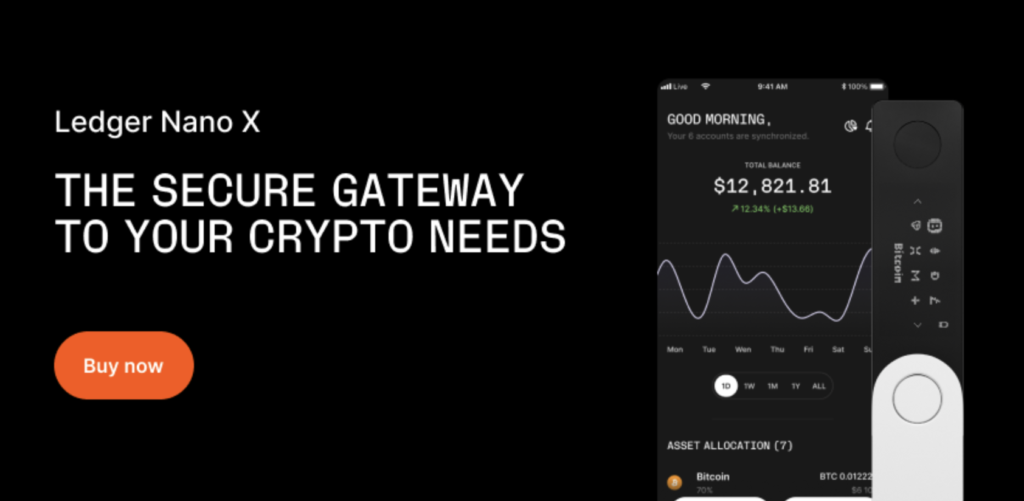6 months ago, I sold half of my stocks to buy cryptocurrencies. The reason was that 3 predictive models were perfectly aligned, forecasting a surge in price. Although these predictive models for Bitcoin are coming from radically different landscapes, they lead to the same conclusions making the situation both beautiful and unique. I’m presenting them here, and each of them are also the focus of upcoming articles.
Please welcome: the Metcalfe’s law (n.b: crypto seen as a network), the Stock-to-Flow model (n.b: crypto seen as a commodity) and the Logarithmic Regression Bands (n.b: crypto seen as a statistical system).

1. Crypto seen as a network: Metcalfe’s law
Firstly, Metcalfe’s law states that the number of connections is the square of the number of people using a network. A popular assumption is that the price of a crypto asset follows the number of active connections. This can be verified visually if I plot the market capitalisation of Bitcoin with respect to the number of active addresses:

A quadratic interpolation fits like a charm:

This model brings confidence to the future; the more widespread the adoption of Bitcoin becomes, the higher the price will be with a powerful quadratic leverage. For more about Metcalfe’s law for altcoins, you can have a look at this other article.
2. Crypto seen as a commodity: The Stock-to-Flow model
Secondly, Stock-to-Flow is a model developed for Bitcoin by PlanB predicting the price based on supply-demand as the supply of Bitcoin is fixed and will never change. This is an adaptation of the same model for commodities (e.g: gold).
The Stock-to-Flow model has 2 variants. The first one is S2F:

The second one is S2FX, even more bullish:

As you can see, the precision on the long run is astonishing.
3. Crypto seen as a statistical system: Logarithmic Regression Bands
Finally, the Logarithmic Regression Bands allow us to spot when a crypto asset is close to its average (“accumulation zone”) and when it’s getting away from it (“selling zone” or “holding zone”). It basically follows the log curve of the price and draws bands around it, with the bottom ones being the closest to the fair value of what the price should be from a statistical point of view. For example, for Bitcoin, we see that the current price is outside of the accumulation zone but still not dangerously overvalued (which would be the red zone at the top):

One of the best resources online talking about it is the youtube channel called “Into the cryptoverse”. This model is a bit less bullish on Bitcoin as it shows a little over-valuation.
4. Conclusion
To conclude, 6 months ago, the 3 predictive models for Bitcoin were all pointing in the same direction with the planets being very much aligned.
Today, these same models offer a different angle, leaving you room to make your own decisions. To finish, a bonus of the Bitcoin prophet to feed your thinking:
Take care.
Clem.
Disclaimer: This is no financial advice

